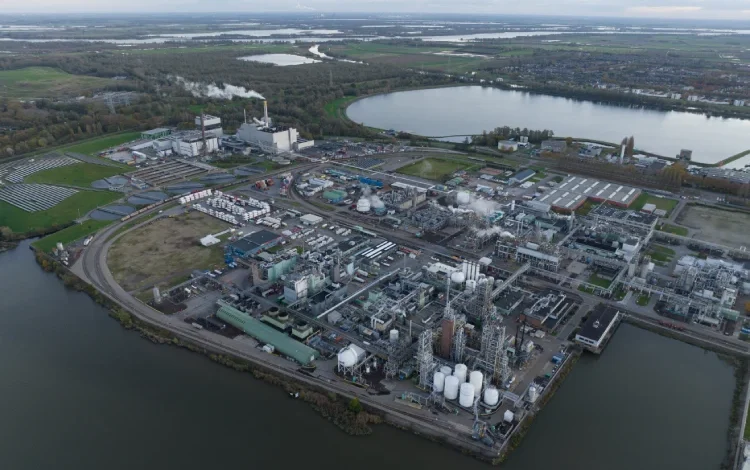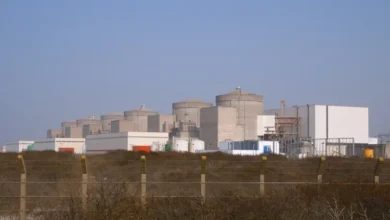
Wisconsin Court Says State Can Demand PFAS Cleanups Without Hazard Label
Dry Cleaner’s Lawsuit Triggers Ruling That Speeds Up PFAS Regulation in Wisconsin
A Wisconsin dry-cleaning business at the center of a legal dispute has inadvertently helped shape one of the most consequential environmental rulings in the state’s recent history. The Wisconsin Supreme Court ruling this week stated that the Department of Natural Resources (DNR) can compel landowners and companies to clean up pollution from emerging contaminants like PFAS, even before those substances are formally labeled hazardous.
The case involved Leather Rich, a family-owned dry-cleaning company in Oconomowoc, which had been informed by the DNR in 2019 to test for PFAS in its groundwater. The chemicals had been detected a year earlier, but at the time, no specific state standard or rule had been adopted.
The company objected, arguing that without official designation, the agency lacked the authority to demand such testing or cleanup. The business was represented by Wisconsin Manufacturers and Commerce (WMC), the state’s most prominent industry group.
The Legal Question of When Regulation Can Begin

The court’s 5 to 2 decision reverses earlier rulings by lower courts that sided with the company. The majority opinion, written by Justice Janet Protasiewicz, stated that Wisconsin’s spills law gives regulators broad authority to require immediate cleanup of any substance that poses a threat to health or the environment. She emphasized that requiring formal classification before any action can be taken would undermine the law’s core purpose.
At the heart of the dispute was a debate over timing. Should regulators act as soon as a chemical’s risks become evident, or wait for a legislative process that could take years? For PFAS, short for perfluoroalkyl and polyfluoroalkyl substances, that delay could mean continued contamination of drinking water.
These compounds have been used since the 1950s in products ranging from nonstick cookware to waterproof jackets, and they are now widespread in soil and water. Because they degrade very slowly, they accumulate in the human body and have been linked to a range of health issues, including thyroid problems, reduced vaccine response, and certain cancers.
State Agencies Gain Flexibility to Address Chemical Risks
Supporters of the ruling say it allows the state to move quickly when new information about health risks emerges. “This decision strengthens one of the state’s oldest and most important environmental laws,” said Rob Lee, an attorney at Midwest Environmental Advocates. He added that the ruling reinforces the state’s ability to hold polluters accountable without waiting for a slow and uncertain legislative process.
Governor Tony Evers also praised the ruling, calling it a win for communities dealing with chemical contamination. Cities like Marinette, La Crosse, and Wausau have all been affected by PFAS exposure in water sources, and many residents have pressed for stronger oversight.
Business Groups Raise Concerns About Unclear Rules
However, not all reactions were positive. In a dissenting opinion, Justices Annette Ziegler and Rebecca Bradley warned that the decision allows agencies to act without clear guidelines, creating uncertainty for businesses. They argued that the DNR could impose obligations without first specifying which chemicals are regulated or what levels are dangerous. This, they claimed, undermines legal clarity and due process.
Despite the court’s endorsement of early intervention, there remain gaps in how PFAS is regulated across the state. Wisconsin has yet to set binding PFAS standards for groundwater, which supplies drinking water to about two-thirds of its population. Efforts to create such standards were paused last year, partly due to cost concerns.
Legal Precedent with National Relevance
Legal scholars suggest the ruling could serve as a model for other states grappling with how to manage unclassified but harmful substances. It highlights the tension between the need for swift public health action and the traditional regulatory frameworks that often lag behind scientific discovery. Like trying to patch a roof in a storm, the case revealed the challenges of updating environmental rules in real time.
Still, for many Wisconsinites, the decision is a signal that the state can respond to threats before they become crises. And while Leather Rich may not have intended to spark a precedent, the case has become a touchstone in the broader effort to protect communities from long-lasting chemical exposure.
[Source]




